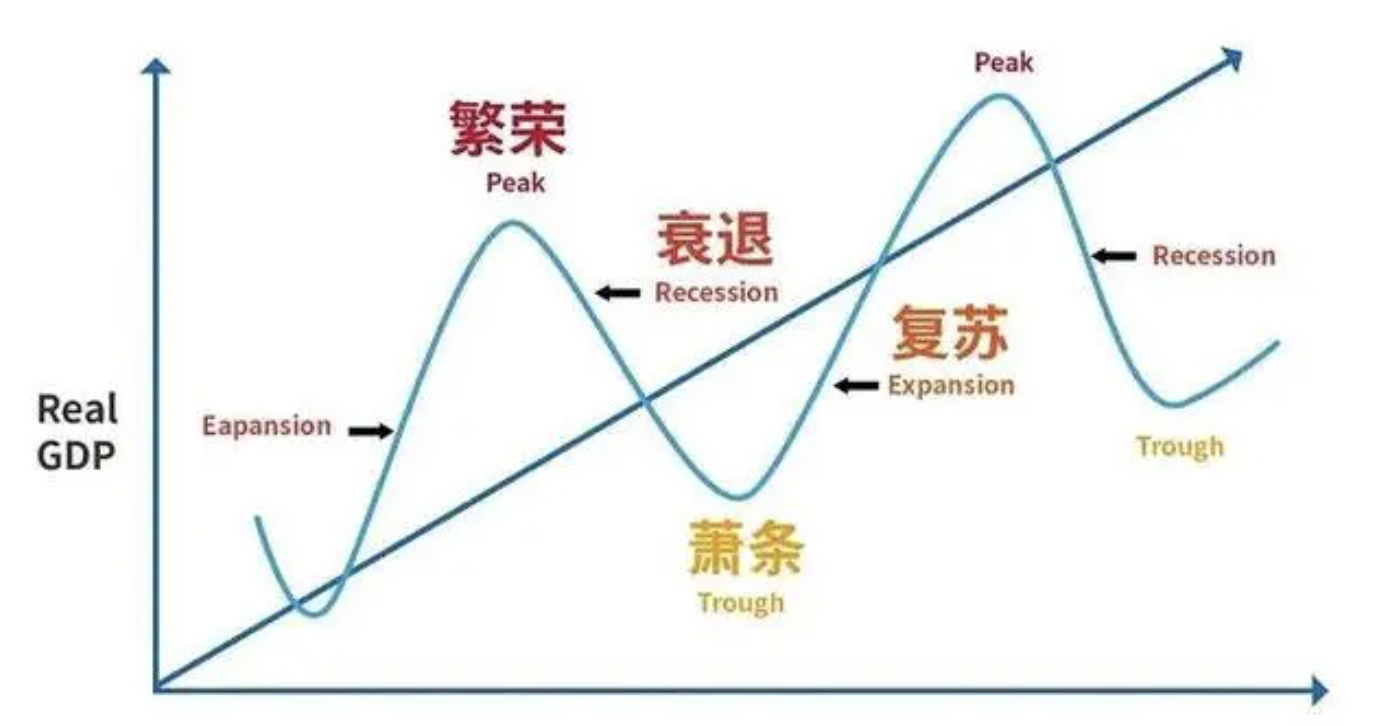To be honest, a lot of people say their positions in flashy tech companies are for the long term, but they’re really just there to make a quick buck. That’s ok. Technically, any profitable trade is a good one. If you can get in and out at the right time, go ahead.

The truth is, there are plenty of tech companies that are more than a passing prospect and are better measured in years than weeks. Here’s a closer look at three such tech companies. Not only will they be as impressive a decade from now as they are today, but their shares should be trading at higher prices.
Microsoft
It’s hard to imagine a world without Microsoft. According to GlobalStats, its Windows operating system is installed on three-quarters of the world’s desktops and laptops, and its productivity software remains the gold standard in the category.
Sony’s PlayStation has overtaken Microsoft’s Xbox in global market share, but the Xbox is closing the gap and remains the most popular console in the US.
These are things that consumers can easily see. There are a whole range of microsoft-made products that do just as well. Microsoft’s cloud computing business, for example, accounted for 19% of the second-highest global cloud infrastructure spending in the first quarter, Canalys reported, as the company continues to close the gap on market leader Amazon.
Now take a step back and ask a key question that needs to be considered: Is it likely that the world will need fewer computers, cloud computing, productivity software or game consoles in 10 years?
Any reasonable and realistic answer must be “no”. In fact, it would be surprising if demand for these products and services did not increase substantially in a decade. As the market leader in a number of categories, Microsoft can guide continued growth in the way that suits it best, such as a trial version of Office preinstalled on its Windows operating system.
Supporting Microsoft’s long-held bullish argument is the company’s evolving business model. Monthly subscriptions are now available to access Azure, Office and even video games through the cloud. This shift not only makes the company’s products more affordable to start with, but also gives Microsoft a better chance of retaining those customers by making it easier to update and upgrade software.
Last year, the last time Microsoft disclosed such data, it had more than $100 billion in subscription cloud revenue unaccounted for, a figure that continues to rise.
Palo Alto Networks
From Target to Equifax to Yahoo! Some of the world’s most important companies are still suffering from hacker attacks, even after several high-profile cyber security lapses embarrassed organizations. Colonial Pipeline recently agreed to pay more than $4.4 million to a group of computer hackers called Darkside to regain control of 5,500 miles of its product Pipeline.
These things can be prevented. They’re just not being stopped because too many institutions aren’t taking advantage of all the digital defenses available to them. Perhaps the collapse of Colonial Pipeline will encourage companies to buy such protection.
Use Palo Alto Networks. In short, Palo Alto provides software that prevents unauthorized access to a company’s network, internal applications, and data. It even has a ransomware software protection solution in its lineup that could potentially save Colonial Pipeline millions of dollars.
The opportunities are incredible and should remain so for a while. P&S Intelligence believes the cybersecurity market will grow at an average annual rate of 12.6%, from $120 billion in 2019 to $434 billion in 2030. That’s huge, but Cybersecurity Ventures thinks it’s only a fraction of the $10.5 trillion Cybersecurity crime will cost the world in 2025 if companies don’t beef up their digital defenses.
Palo Alto is doing fine. Revenue has grown for seven years in a row as more and more tools build their digital moats. Given the outlook, there will be more of the same for some time to come.
IBM
Finally, add International Business Machines (NYSE:IBM) to your list of tech stocks to buy and hold for the next decade. Yes, it was IBM that failed to respond to the emergence of cloud computing, mobile devices, and so on, and all the opportunities flowed into those two categories. The company’s “Strategic Imperatives” plan, unveiled in 2015, was designed to steer the company away from the dying traditional mainframe business and toward more modern opportunities, such as cloud security and mobile security. By and large, though, it was too late.
Yet the IBM of today is not even the IBM of two years ago, ready to compete where it matters most.
Take IBM, which has announced a new technology that can make 2-nanometer microchips. The micro measure is how small the transistor on a chip can be made and still work. Smaller is better, because smaller transistors consume less power, run faster, and require less space. For reference, 7 nanometers are the best chips on the market today.
IBM began to develop more than just more chips. The company has introduced a way for data centers to store and retrieve data more efficiently, and has introduced AutoSQL, which can retrieve data eight times faster than previous methods. Both technologies have myriad potential uses, including in artificial intelligence. Between the lines. This is not the IBM of old. The company may still be years away from fully commercializing these and other breakthroughs, but they are worth the wait.





